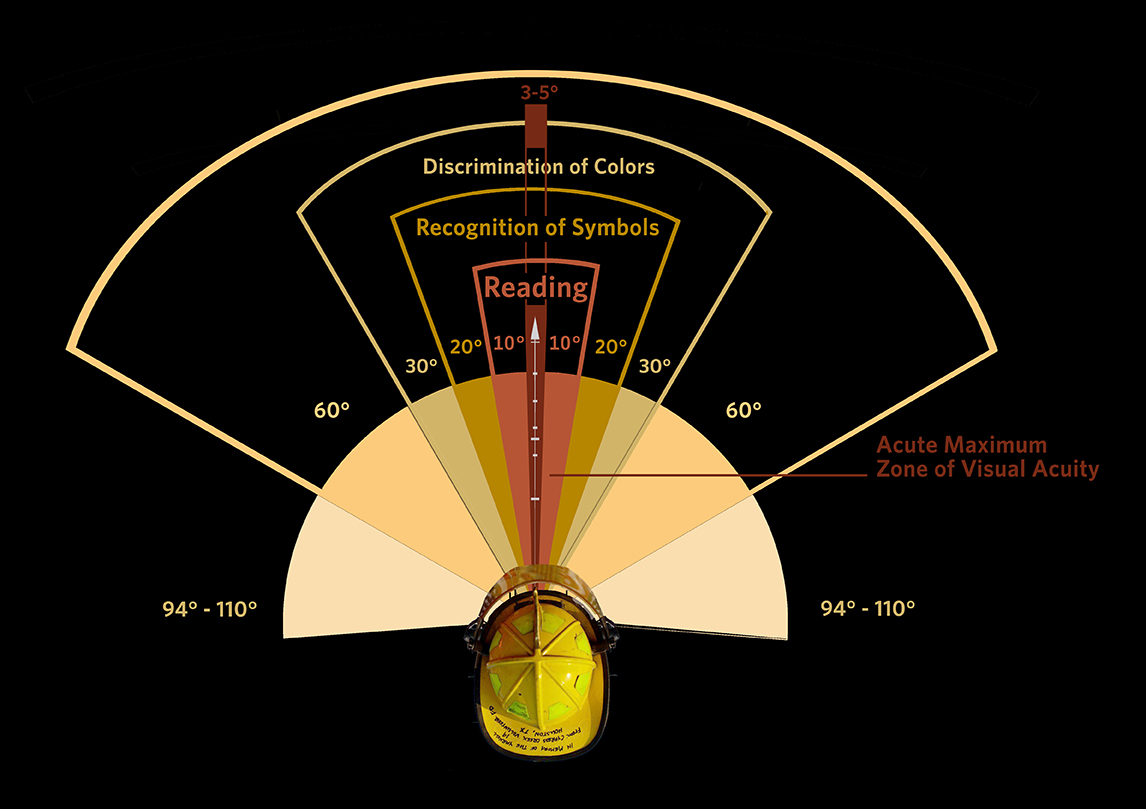
iFiVR
Interactive Fire Incident – Vitual Reality
iFiVR (Incident Fire Interface – Virtual Reality) stands as a prototype designed for immersive simulation training aimed at equipping firefighters with the skills to effectively address high-rise structure fires. Within this virtual environment, the scenario unfolds within a fire control room. The trainee assumes the role of following directives from the Battalion Fire Chief, entering the fire control room, and managing tasks such as operating fire and venting systems. Additionally, the simulation involves handling the challenges posed by panicked individuals trapped in the building’s elevator.
In reacting swiftly and appropriately in high-stress situations, visuals and prior knowledge and training is key. Seconds can save a life.
The iFiVR User Experience demanded the trainee to proficiently engage with the virtual fire and venting systems, utilizing various controls such as buttons and switches. Moreover, the trainee had the additional responsibility of monitoring their own body temperature and oxygen supply. To effectively convey this information, a graphical representation supported by numerical values was considered optimal. The graphics had to maintain readability for the trainee across different modes, including normal, infrared, low light, and night vision scenarios within the simulation.



Above – A trainee using AR or VR goggles shows the acute maximum zones of visual acuity when reading graphical data such as text, symbols and colors.
The iFiVR User Interface was originally operated through ‘eye-gaze’, where the user’s eye positions are tracked by the built-in eye-tracking feature in the VR headset. A certain gaze position and length of time holding that gaze would activate widgets. This approach was designed with the anticipation that the experience could seamlessly transition to an Augmented Reality (AR) system, particularly in situations where both hands needed to be free from a VR controller during actual training.
However, a different team experimented with eye-gaze and discovered that for each user, the headset goggles had to be recalibrated to accommodate the individual’s interpupillary distance (the distance between pupils). This recalibration process consumed approximately 10 minutes per person, a timeframe that might be deemed impractical for trainees or supervisors in a training scenario.
iFiVR’s modes of interface was positioned in the center of the trainee’s field of view (FOV) and activated or deactivated by using the handheld wands.

iFiVR Presentation Deck
This PDF is not viewable on a phone device.

